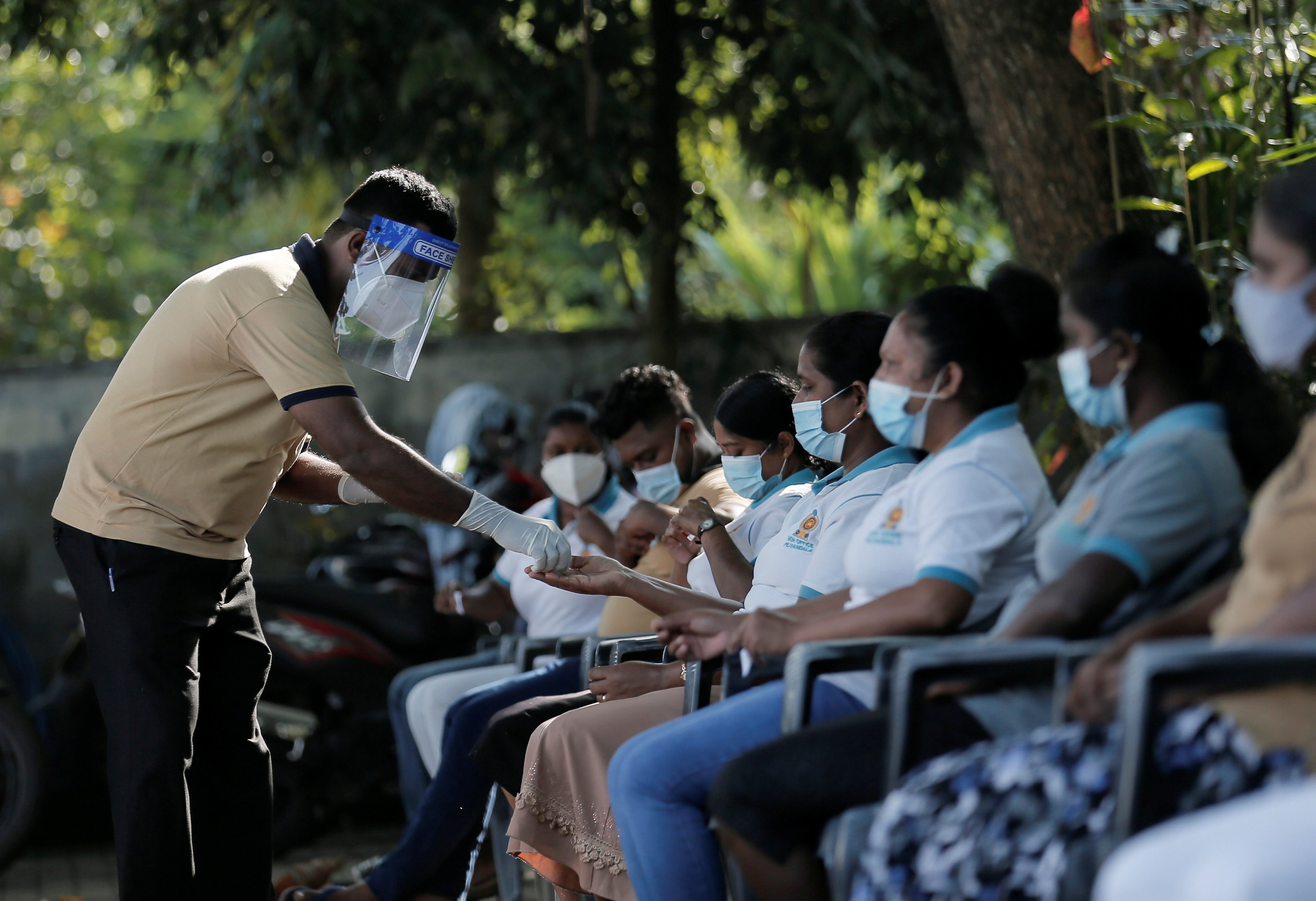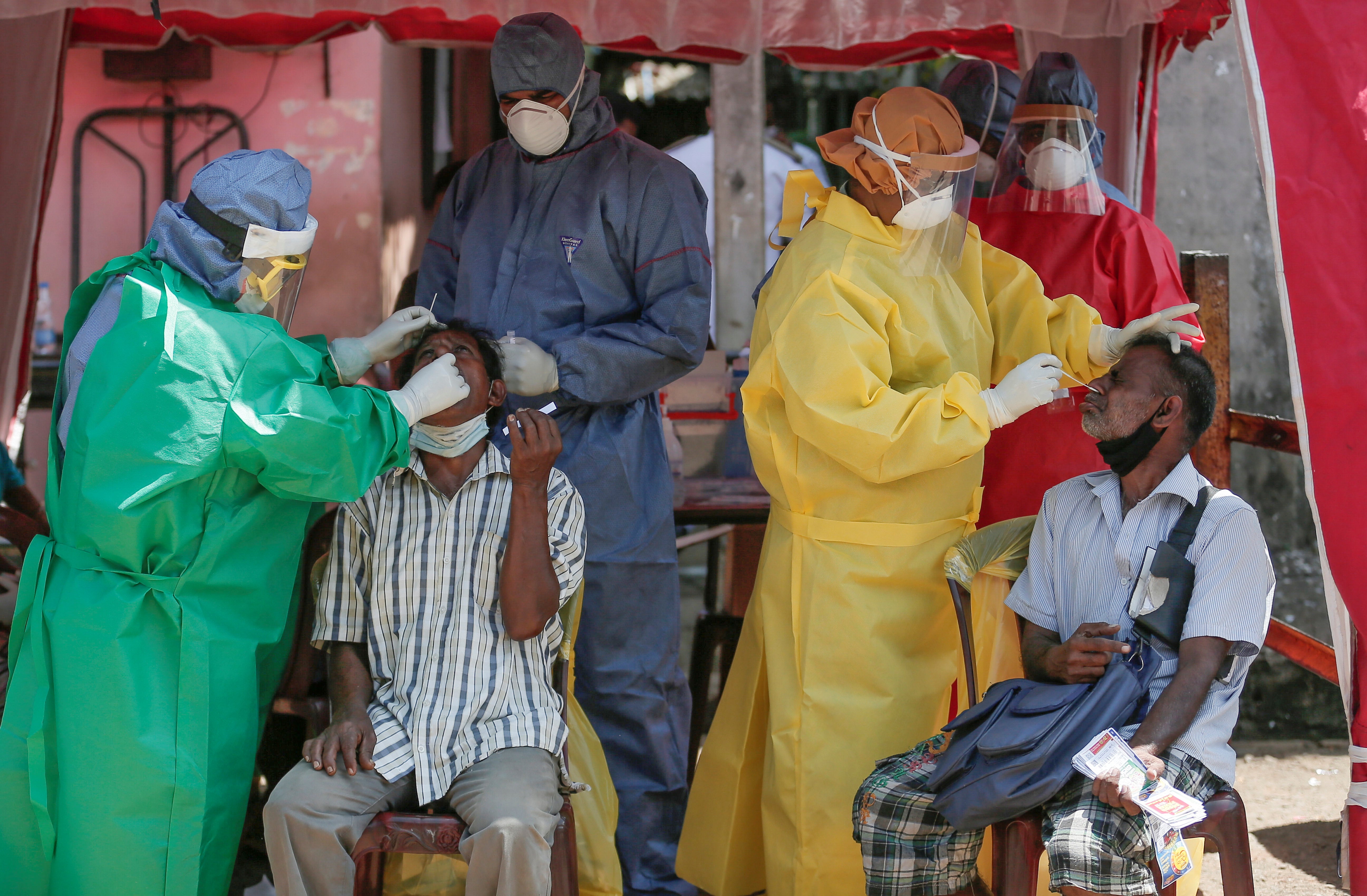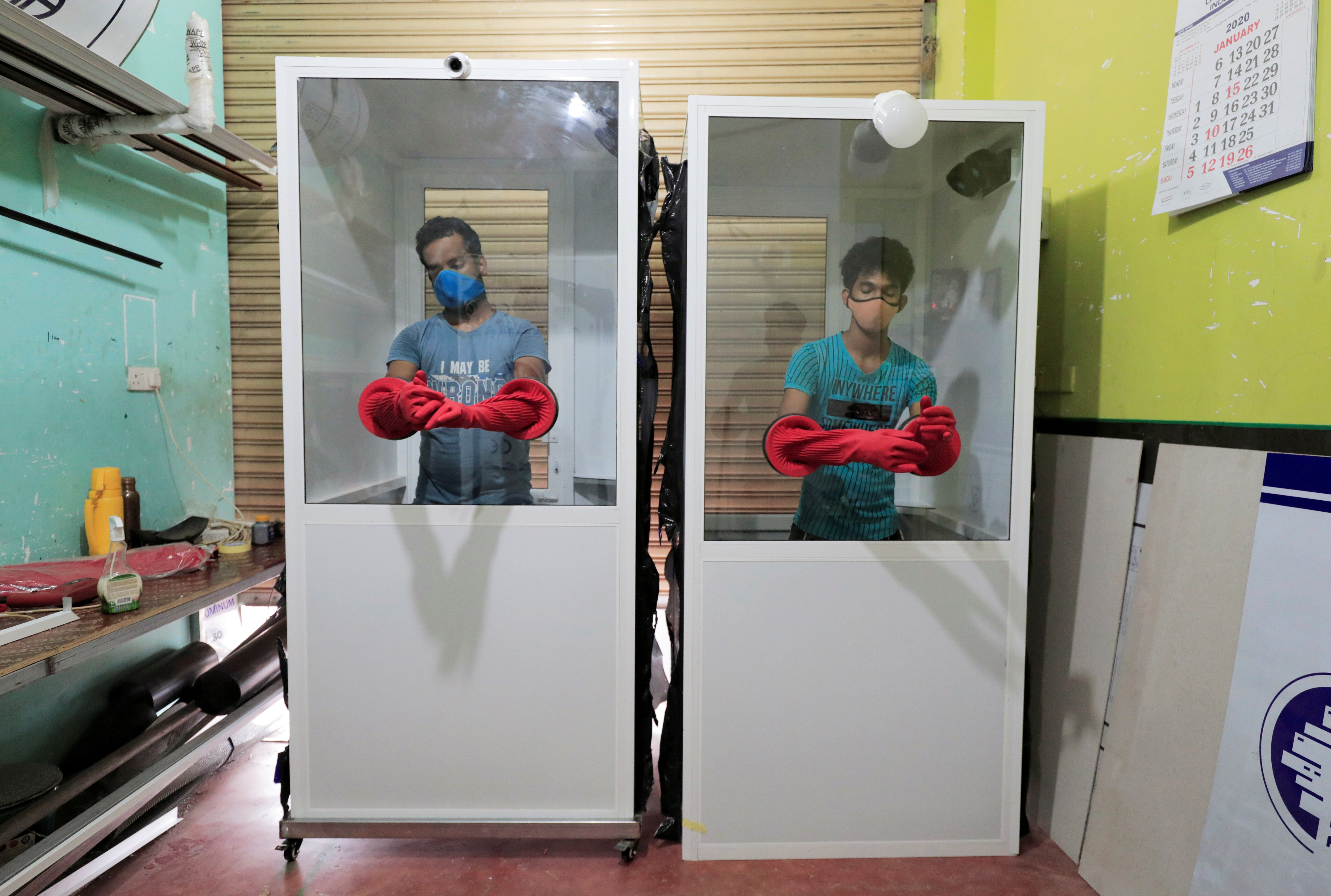COVID-19 RESPONSE AND MAINTENANCE OF ESSENTIAL HEALTH SERVICES IN SRI LANKA
CONTENTS
QUICK DOWNLOADS

KEY INSIGHTS
Early in the COVID-19 pandemic, from January through June of 2020, Sri Lanka acted quickly to keep the novel coronavirus from entering the country and prevent local transmission. After some early successes in the pandemic, insufficient expansion of testing and surveillance eventually led to sustained, undetected community transmission. Subsequent pandemic waves, including the wave driven by the delta variant from July to October of 2021, resulted in increased infections and disruption to the delivery of essential health services. Sri Lanka’s experience demonstrates that gaining control of transmission is a key factor in avoiding disruptions to essential health services during a pandemic, but that this must be sustained over time. At the same time, a well-managed health system like Sri Lanka’s, that prioritizes equitable access to care, will be more resilient in the face of major disruptions such as the COVID-19 pandemic.
This research has been led by partners at the Institute for Health Policy, in collaboration with Brown University School of Public Health and Johns Hopkins Bloomberg School of Public Health, and was supported and funded by The Rockefeller Foundation and by the Exemplars in Global Health program at Gates Ventures.
Drivers of successful pandemic response
The World Health Organization (WHO) and Global Health Security Agenda have developed useful frameworks for assessing epidemic and pandemic preparedness and response, which we have adapted for this research. Through the Exemplars in COVID-19 Response work, we aim to derive lessons learned about the drivers of a successful response and have developed a conceptual framework that breaks down the drivers into three groups: context and system factors, interventions, and outcomes. The following sections Sri Lanka’s response to COVID-19 and the maintenance of EHS are organized according to this framework.
What were the most significant elements of Sri Lanka’s COVID-19 response?
National, governmental, and population-level measures: social distancing and mobility restrictions
Suppressing COVID-19 transmission in the early part of the pandemic
Early in the COVID-19 pandemic, Sri Lankan authorities built on the health system’s strengths to respond to the health emergency. From March to September 2020, through a mixture of border closures, isolation, and intensive contact tracing and quarantine, Sri Lanka was relatively successful at suppressing local transmission of COVID-19. However, the country was unable to sustain this aggressive strategy and experienced widespread community transmission by late 2020.

National, governmental, and population-level measures: vaccination for the pandemic pathogen
Building on the health system’s existing strengths to deliver COVID-19 vaccines

High vaccination rates and high levels of public trust in vaccines is a long-standing strength of the Sri Lankan health system. These strengths enabled authorities, who also mobilized the military, to act quickly and equitably to vaccinate the country’s adult population in 2021—with no substantial disparities in coverage or the speed of uptake between people of different socioeconomic levels, ethnicity, or gender. This equitable distribution of COVID-19 vaccines throughout the country was a unique strength of the Sri Lankan vaccination program enabled by public financing and delivery of the vaccines, as well as by the mobilization of military support in expanding coverage. Over 60% of the total population Ahad been fully vaccinated (i.e., had received all doses prescribed by initial vaccination protocol) by December 31, 2021. Although uptake of booster vaccinations was slower in 2022, it was still relatively strong.
Response measures at the health system level: service delivery adaptation
Innovating for COVID-19 response and essential health services maintenance
During the first lockdown, senior health officials took proactive measures to maintain the supply of medicines for patients with chronic diseases (such as multimonth drug dispensing and home delivery of medicines) and introduced protocols to minimize COVID-19 transmission in health facilities. The pandemic also led to the expanded adoption of existing telehealth technologies, for remote consultations, both in private and public care settings. These service delivery innovations and adaptations enabled the system to continue delivering key health services through the end of 2020.

COVID-19 RESPONSE AND MAINTENANCE OF ESSENTIAL HEALTH SERVICES IN SRI LANKA

Ask an Expert
Our team and partners are available to answer questions that clarify our research, insights, methodology, and conclusions.
